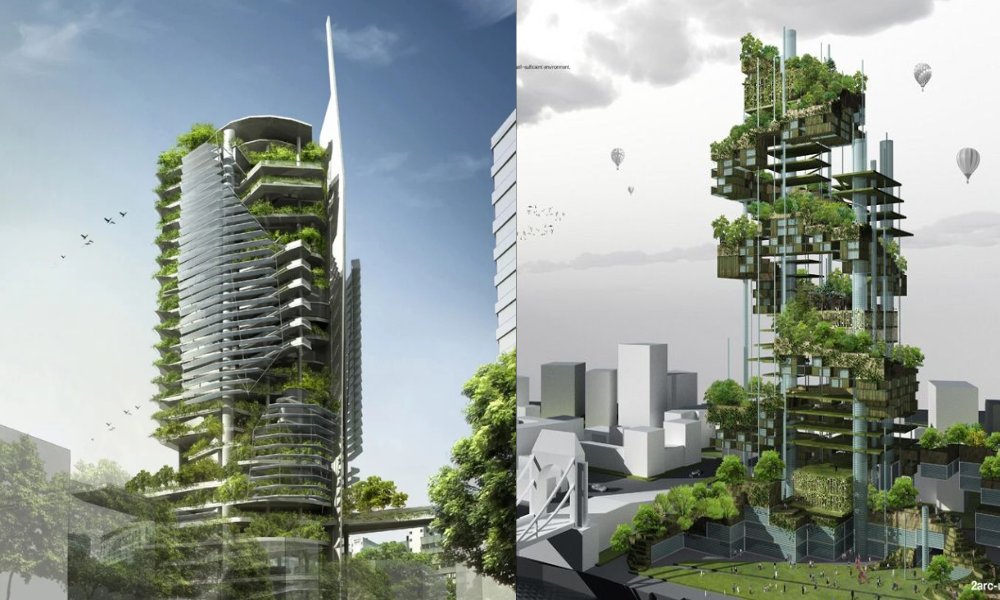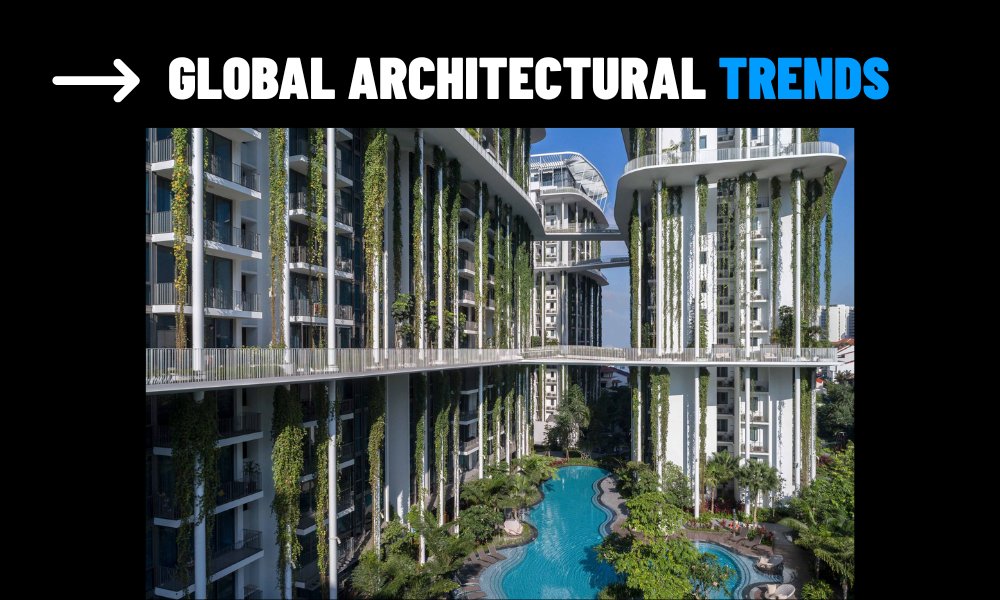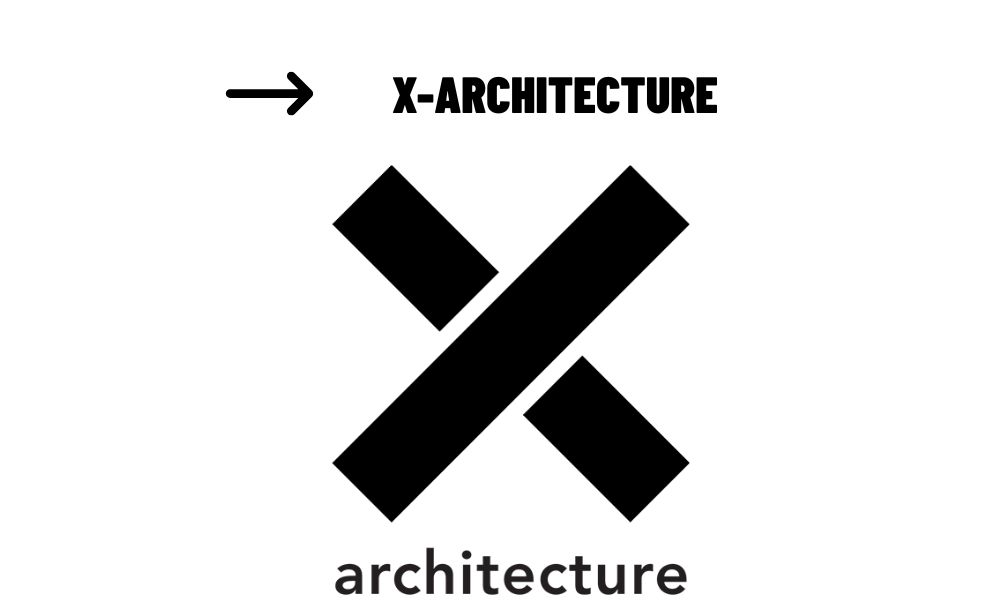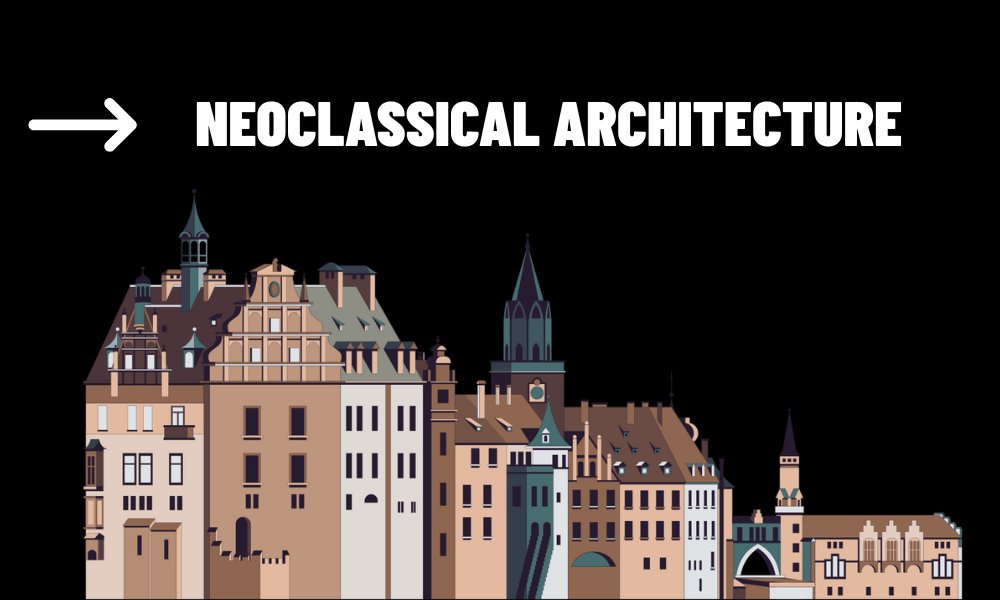Architectural design has evolved dramatically, influenced by technological advancements, environmental concerns, and shifts in societal values. From sustainability to smart technology, the trends that define the global architectural landscape today are centered around creating more functional, responsive, and visually inspiring environments. Architects are increasingly challenged to design spaces that balance modern aesthetics with practicality, sustainability, and innovation. As we move further into the 21st century, here are some of the most significant global architectural trends shaping the future of design.
Contents
- 1 1. Sustainability and Green Architecture
- 2 2. Smart Homes and Technology Integration
- 3 3. Minimalism and Open Spaces
- 4 4. Adaptive Reuse and Renovation
- 5 5. Biophilic and Nature-Inspired Design
- 6 6. Resilient and Climate-Responsive Design
- 7 7. Sustainability in Urban Planning
- 8 8. 3D-Printed Buildings and Prefabrication
1. Sustainability and Green Architecture
The concept of sustainable architecture has gained momentum in recent years, as the need to address environmental challenges becomes more pressing. Architects are now designing buildings that not only minimize their carbon footprint but also contribute to the environment in a positive way. The integration of green roofs, solar panels, and rainwater harvesting systems has become more common, as has the use of recycled and locally sourced materials.
Sustainability in architecture goes beyond just eco-friendly materials; it encompasses the building’s entire life cycle, from construction to operation and demolition. For example, buildings are being designed to optimize energy usage, with smart energy systems that monitor and control lighting, heating, and cooling to reduce waste. Additionally, architects are embracing the concept of biophilic design, which incorporates natural elements like plants, daylight, and water features into urban environments to create a more harmonious connection between nature and living spaces.

2. Smart Homes and Technology Integration
The rise of smart home technology is revolutionizing architecture, enabling homes to become more intuitive and responsive to the needs of their occupants. Smart buildings are designed to integrate with advanced technologies, offering seamless control over various systems such as lighting, security, temperature, and entertainment.
Architects are increasingly incorporating IoT (Internet of Things) technologies into their designs, which allow homes to become interconnected ecosystems. Imagine homes that automatically adjust temperature based on your preferences, or security systems that use facial recognition to unlock doors. These intelligent systems also help reduce energy consumption, as devices can automatically power down when not in use, leading to greater efficiency and cost savings.
3. Minimalism and Open Spaces
The minimalist design movement has been a significant influence on contemporary architecture, and it continues to be one of the most dominant global trends. Minimalism is about clean lines, open spaces, and the idea that “less is more.” In modern architecture, this approach is being applied to everything from furniture to entire floor plans. Buildings are designed with fewer structural elements and a more open, airy feel.
Large, open-plan spaces are replacing traditional segmented rooms, creating multifunctional environments that allow for greater flexibility. Glass walls and floor-to-ceiling windows are common features in minimalist designs, allowing natural light to flood spaces and creating a seamless connection between the indoors and outdoors. In residential architecture, this trend is reflected in the growing popularity of open kitchens, living areas, and bedrooms that flow together without barriers.
4. Adaptive Reuse and Renovation
Instead of demolishing old buildings to make way for new ones, there is a growing trend towards adaptive reuse in global architecture. This approach involves taking existing structures and repurposing them for new functions, effectively breathing new life into old buildings. This trend is gaining traction as sustainability becomes a priority, as it’s much more environmentally friendly to repurpose and retrofit existing buildings than to build entirely new ones.
Adaptive reuse can result in the transformation of historic buildings into modern, functional spaces while preserving their architectural heritage. Examples include converting old factories into loft apartments or turning former industrial sites into cultural hubs. This trend is particularly prominent in cities with rich architectural histories, where maintaining the character of the city while meeting modern needs is a delicate balance.
5. Biophilic and Nature-Inspired Design
Biophilic design is more than just a trend—it’s a movement that focuses on integrating natural elements into the built environment. The idea is that humans have an innate connection to nature, and incorporating natural materials and features into the design of buildings can improve well-being and productivity.
Nature-inspired architecture embraces the use of organic shapes, natural materials like wood and stone, and greenery within the living or working space. This trend can be seen in the use of green walls, indoor gardens, and living facades that blur the line between the indoors and outdoors. Even in urban settings, architects are using natural elements to create more pleasant, health-oriented environments, promoting a sense of calm and tranquility.

6. Resilient and Climate-Responsive Design
With climate change and extreme weather becoming more prevalent, architects are focusing on designing buildings that are resilient to various environmental factors. Climate-responsive architecture considers the local climate, geography, and potential risks, such as flooding, hurricanes, or extreme temperatures.
Buildings are now being designed with materials and techniques that can withstand these challenges. For example, flood-resistant buildings are becoming increasingly common in flood-prone areas, using raised foundations and water-resistant materials. In areas with extreme temperatures, architects are focusing on passive design techniques, such as natural ventilation and insulation, to reduce the need for artificial heating and cooling.
7. Sustainability in Urban Planning
In addition to individual buildings, the trend toward sustainable living is also influencing urban planning. Cities around the world are increasingly focused on creating sustainable, livable environments that reduce their environmental impact and improve the quality of life for residents.
Green cities are incorporating features like public parks, bike lanes, and sustainable transport options to promote a healthier, more sustainable lifestyle. In addition, smart city technologies are being integrated to improve traffic management, waste management, and energy efficiency. These cities aim to reduce their carbon footprint, improve air quality, and create spaces that are more equitable and accessible to everyone.
8. 3D-Printed Buildings and Prefabrication
One of the most exciting innovations in architecture today is the rise of 3D printing and prefabricated construction. 3D-printed buildings are no longer a futuristic dream, as companies are now printing entire homes and structures with concrete, metal, and other materials. These structures can be built faster, more affordably, and with greater precision than traditional construction methods.
Prefabrication, where parts of a building are constructed off-site and then assembled on location, is also gaining popularity. This process allows for faster construction, reduces waste, and often results in lower costs. Both 3D printing and prefabrication are reshaping the way buildings are designed and constructed, offering a more sustainable, efficient, and cost-effective approach to architecture.
As we move further into the 21st century, the world of architecture continues to evolve in response to societal, environmental, and technological changes. From sustainable building practices to the integration of smart technologies and nature-inspired designs, global architectural trends are all about creating spaces that are functional, beautiful, and resilient. The future of architecture isn’t just about the buildings themselves; it’s about how these spaces interact with and enhance the lives of the people who live and work in them.
By embracing these global trends, architects are not only designing for the present, but also shaping a better, more sustainable future for generations to come. The buildings and spaces of tomorrow will be more than just structures—they will be ecosystems that enhance our quality of life, reduce our impact on the planet, and help us live in harmony with the environment.


